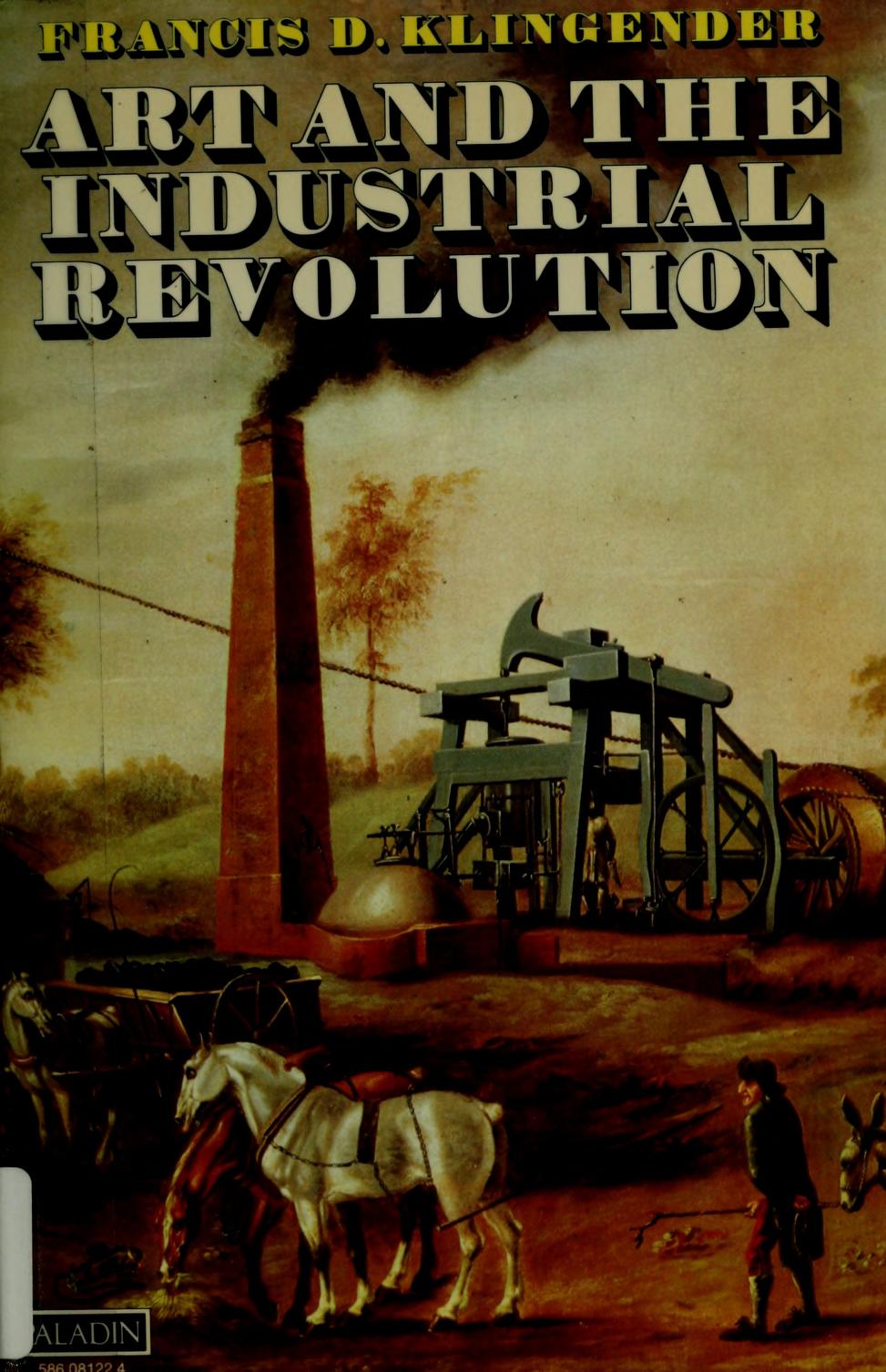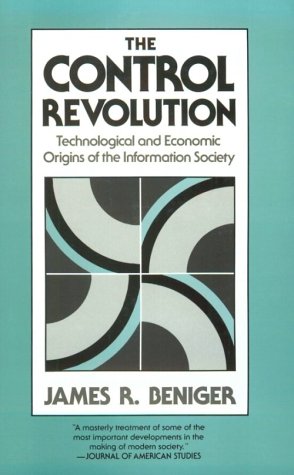Francis D. Klingender: Art and the Industrial Revolution (1947–) [EN, IT, ES]
Filed under book | Tags: · 1800s, aesthetics, art history, history of literature, history of technology, industrial revolution, industry, labour, marxism, poetry, technology

A classic of Marxist art history.
“Drawing on his unique command of the contemporary visual and literary record, Francis Klingender analyzes and documents the inter-reaction between the sociological, scientific and cultural changes that moulded the 19th century. His subjects range from the development of the railways to the poetry of Erasmus Darwin, from the construction of bridges and aqueducts to the aesthetic concepts of the Sublime and the Pictoresque, from the Luddite riots and the English ‘navvy’ to those artists most profoundly affected by the climate of the Industrial Revolution, among them John Martin, Joseph Wright of Derby, J.C. Bourne, and J.M.W. Turner.” (from back cover)
Publisher N. Carrington, London, 1947
Edited and revised by Arthur Elton
Revised and expanded edition by Adams & Dart, 1968
Publisher Paladin, St Albans, 1972
ISBN 0586081224, 9780586081228
xv+272 pages
Review: Fred H. Andrews (J Royal Society of Arts, 1949).
Art and the Industrial Revolution (English, 1947/1968, 60 MB, no OCR)
Arte e rivoluzione industriale (Italian, trans. Elena Einaudi, 1972)
Arte y revolución industrial (Spanish, trans. Pilar Salso, 1983)
Humphrey Jennings: Pandæmonium, 1660-1886: The Coming of the Machine as Seen by Contemporary Observers (1985)
Filed under book | Tags: · 1600s, 1700s, 1800s, history of technology, industrial revolution, industry, literature, machine, mechanics, technology, united kingdom

Pandaemonium, 1660-1886 is a book of contemporary observations of the coming, development and impact of the Industrial Revolution in the United Kingdom, collected by documentary film-maker Humphrey Jennings between 1937 and his early death in 1950. His daughter, Mary-Louise Jennings, and a co-founder with Jennings of Mass Observation, Charles Madge, brought his work to publication in 1985. The book takes its title from the first excerpt within it, the section in Book I of Paradise Lost (1660) in which John Milton describes the building of Pandaemonium, the capital city of Hell. (from Wikipedia)
From the New York Times review (1985): “For Humphrey Jennings, Pandaemonium was a prophetic symbol of industrialism, and it provides not only the title but also the starting point of his attempt to chronicle ‘the imaginative history of the Industrial Revolution.’ This was best done, he thought, by letting those who took part in the process speak for themselves, and Milton’s lines usher in a collection of some 370 texts ranging from the 1660’s to the 1880’s – the testimony of scientists, artists, rich men, poor men and a great throng of miscellaneous witnesses. Between them, these passages (or ‘images,’ as Jennings preferred to call them) are meant to provide a composite picture of how contemporaries experienced the triumph of the machine, how it transformed both their outward circumstances and inner lives.” (Review)
The cover above is from the UK edition.
First published by André Deutsch. London, 1985
Edited by Mary-Lou Jennings and Charles Madge
Publisher The Free Press, New York
First American Edition, 1985
ISBN 0029164702
376 pages
via joandleefe
PDF (30 MB)
Comment (0)James R. Beniger: The Control Revolution: Technological and Economic Origins of the Information Society (1986)
Filed under book | Tags: · advertising, agriculture, bureaucracy, computing, cybernetics, economy, energy, history of technology, industrial revolution, industry, information society, management, mass media, radio, society, technology, telegraphy, telephone, television, transport

“James Beniger traces the origin of the Information Society to major economic and business crises of the past century. In the United States, applications of steam power in the early 1800s brought a dramatic rise in the speed, volume, and complexity of industrial processes, making them difficult to control. Scores of problems arose: fatal train wrecks, misplacement of freight cars for months at a time, loss of shipments, inability to maintain high rates of inventory turnover. Inevitably the Industrial Revolution, with its ballooning use of energy to drive material processes, required a corresponding growth in the exploitation of information: the Control Revolution.
Between the 1840s and the 1920s came most of the important information-processing and communication technologies still in use today: telegraphy, modern bureaucracy, rotary power printing, the postage stamp, paper money, typewriter, telephone, punch-card processing, motion pictures, radio, and television. Beniger shows that more recent developments in microprocessors, computers, and telecommunications are only a smooth continuation of this Control Revolution. Along the way he touches on many fascinating topics: why breakfast was invented, how trademarks came to be worth more than the companies that own them, why some employees wear uniforms, and whether time zones will always be necessary.”
Publisher Harvard University Press, 1986
ISBN 0674020766, 9780674020764
493 pages
via babyalanturing
Review (JoAnne Yates, The Journal of Interdisciplinary History, 1988)
Review (Krishan Kumar, Journal of American Studies, 1988)
Review (Kirkus Reviews)
Book-inspired website
Publisher
PDF (16 MB, updated on 2016-6-16)
Comment (0)
